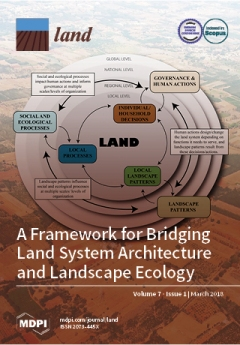Decreto Nº 2.366 - Crea la Agencia de Renovación del Territorio (ART).
El presente Decreto crea la Agencia de Renovación del Territorio (ART), con personería jurídica, patrimonio propio y autonomía administrativa, técnica y financiera, adscrita al Ministerio de Agricultura y Desarrollo Rural.




